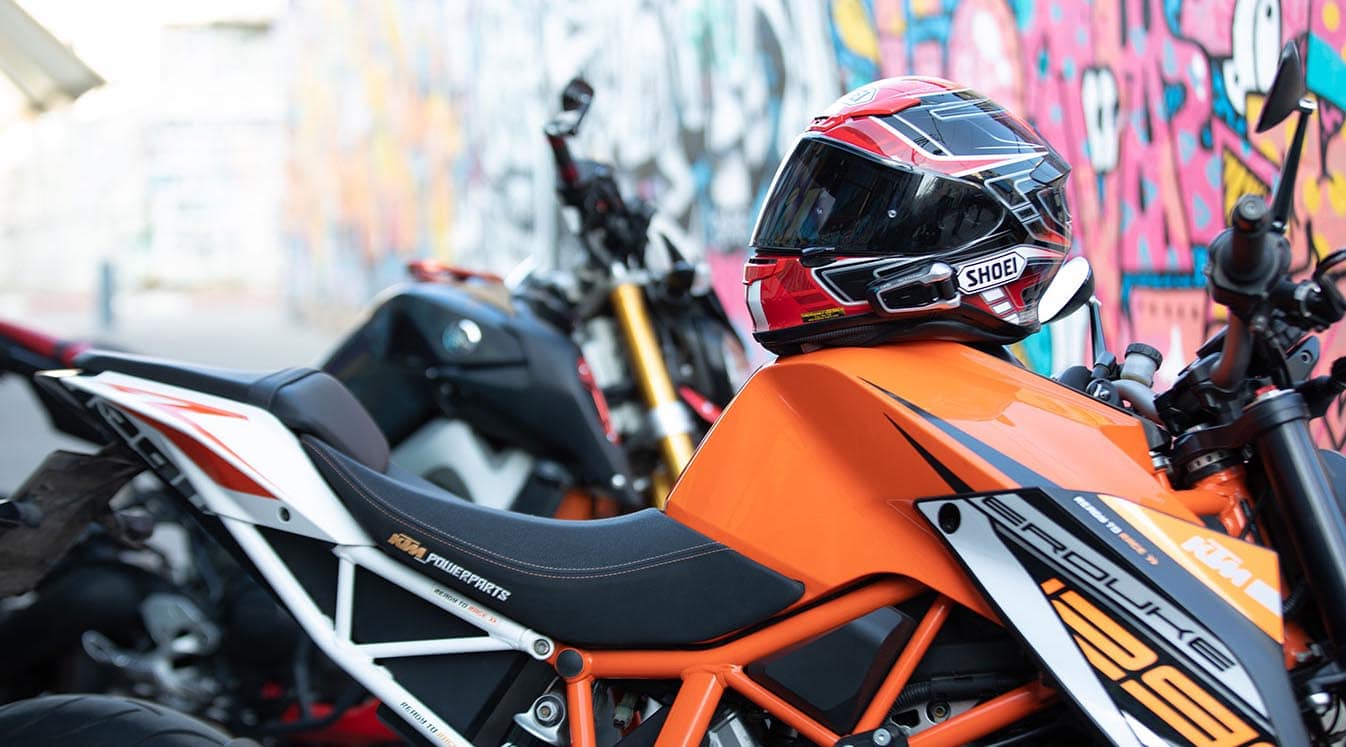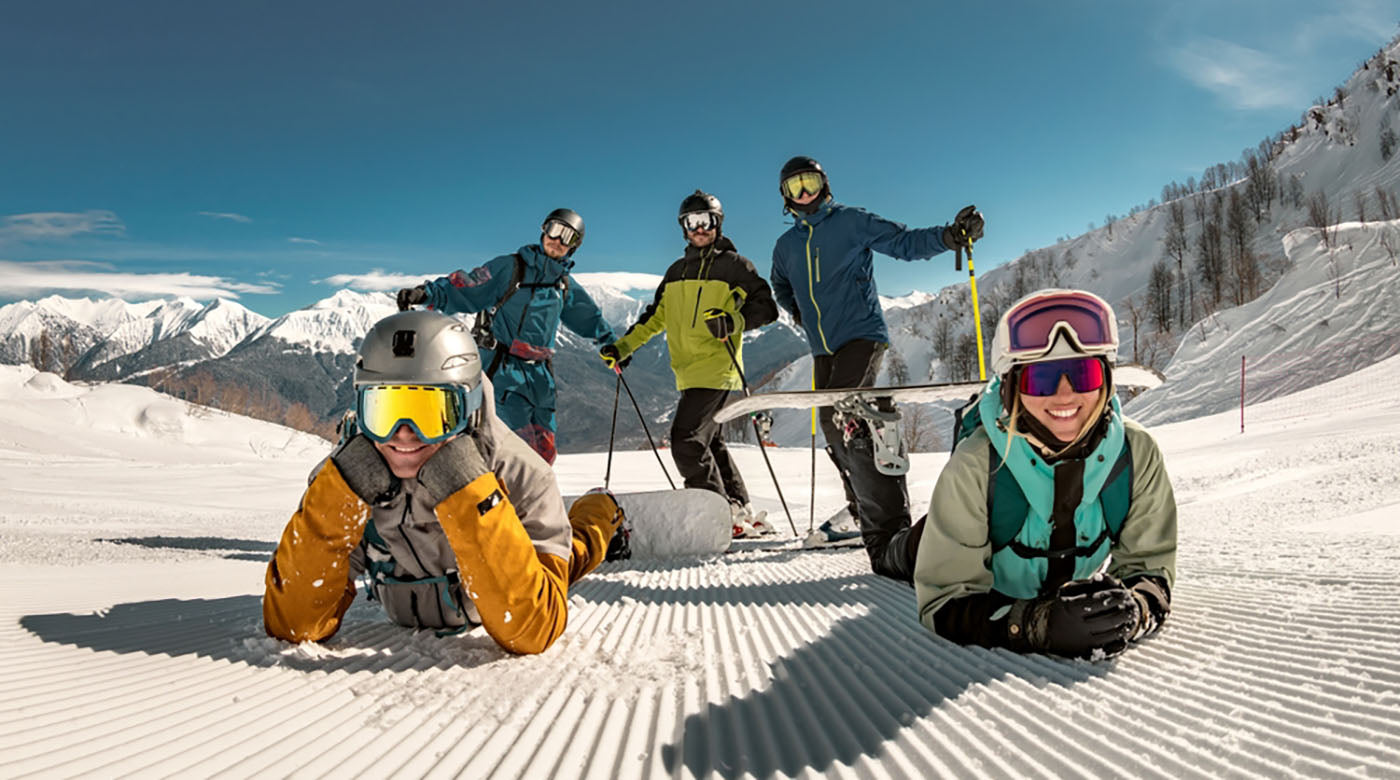Snowboarders dream of leaving their mark on a mountain of freshly fallen snow. Some travel thousands of miles worldwide chasing those puffy ice crystals collectively known as powder. However, riding on snow that’s only recently seen the light of day can throw you off your game.
Fact: Well-worn trails are easier to navigate than powder peaks because they provide more traction, but following in someone else’s tracks isn’t as thrilling as being the first on the lift after a winter storm. Learn how to snowboard in powder to enjoy your own winter paradise.
Snowboarding in Powder
Before we get to specifics, you need to understand the terrain. Not all freshly fallen snow is ideal for riding. Powder snow is soft, loose and fluffy. It has yet to compact but does so easily, creating a firm yet unpredictable surface for riders. According to the Swiss Office of Meteorology, the air must be dry and cold enough for the snow to settle without melting.
5 Tips for Snowboarding in Powder
Before you go out chasing powder, keep these helpful tips in mind:
1. Wear the Proper Gear
Powder tends to fly when you push it aside with your board. After a fall, you will also be coated in sticky snow clusters. Wear waterproof outer layers that won’t absorb moisture to protect your body from the added debris. A heated helmet will melt the snow if you get splashed.
On slick powder, you can quickly lose your bearings or deviate from the path. Use snowboard helmet communication to coordinate hands-free with your companion to avoid crossing hairs or straying too far apart. If you need a break from the powder, ask the other person to get out in front and follow their track to take the path of least resistance.
Use a wireless headset that connects automatically with an extended range. The Cardo Packtalk Outdoor uses natural voice operation to create a direct link between up to 15 riders. If one person slides out of formation, the group will stay connected.

Source: Chawranphoto/Shutterstock.com
2. Stay Flexible
Powder can shift and slide on the approach, making it hard to know where your board will go next. Snowboarding is all about balance. You can’t use poles to prop yourself upright. Be ready to use your hips, torso and arms to shift your weight and maintain the course. Keep your back straight and your knees and elbows slightly bent to respond quickly to unforeseen turbulence. Use your front leg to steer and avoid leaning too far over the board. If you’re deciding between skiing or snowboarding, it's worth learning which one might be easier for you.
3. Turn Wide
A hard turn forces the edge of your board into the snow, which wouldn’t be a problem in compacted snow, but powder collapses when your weight isn’t evenly distributed. Maintain an upright position on the board with your weight centered to avoid sinking. Curve to the left or right by shifting your weight without completing the turn or edging into the snow. Choose an open route and keep a safe distance from obstacles to give yourself plenty of options.
Gravity can help you cut hard on a steep descent without getting stuck. It’s also safer to turn into a snowbank than to hit an obstacle head-on.
4. Approach from the Side
Ascending a steep hill or jump straight on will cause the front of your board to dig into the snow when the land curves up. You can also lose momentum and fall back if your board sinks. Approach inclines at an angle before straightening out to get over the initial hump.
5. Maintain Momentum
Staying agile keeps the board elevated above the snow. The longer it lingers, the more the snow will compact. Going too slow could cause the board to sink. Turns and inclines can sap your momentum. Build your speed going into the turn or hill by riding descents and steering straight. Avoid hesitating or turning unnecessarily to keep your speed up.

Source: Dmitry Molchanov/Shuterstock.com
Snowboarding in powder is more fun than retreading a well-worn trail, but loose snow limits what you can do. Hard turns, sudden stops and head-on climbs can bury you and your gear in the snow, forcing you to dig your way out. Rock gently back and forth to steer and balance your weight over the board to stay above the snow. Powder riding takes practice. Master the basics before seeking out a more challenging route.
Use Snowboard Helmet Communication to Master Powdery Slopes




